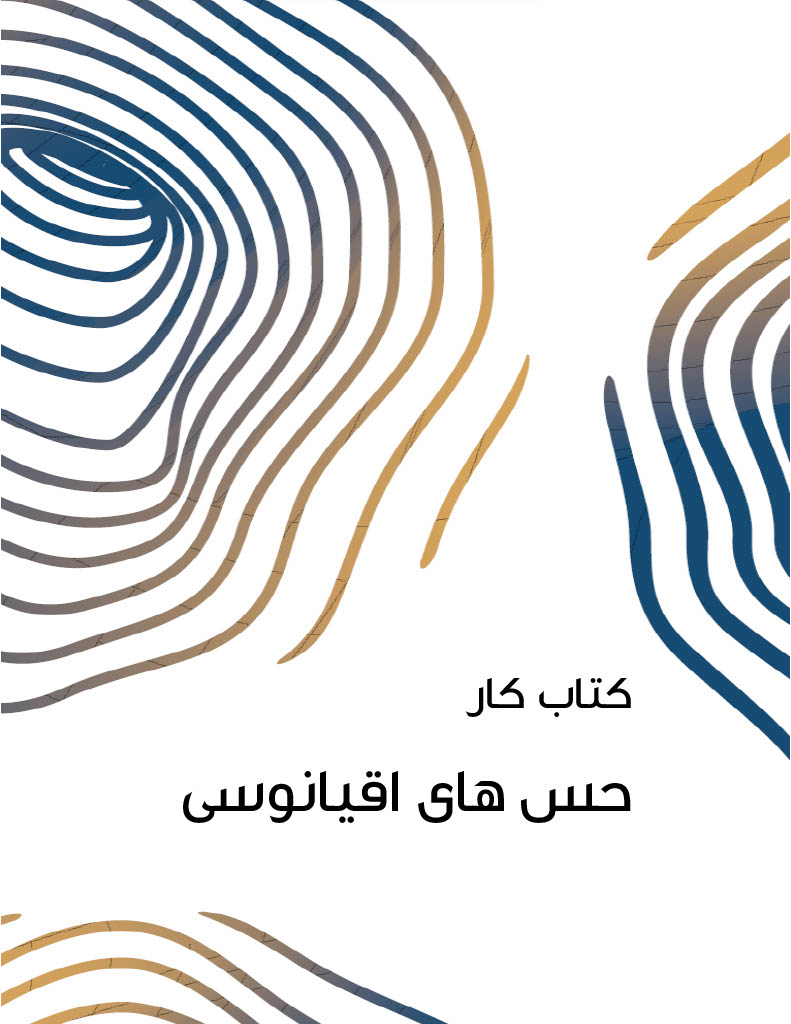A journey to a cold seep
How scientists study methane in the Arctic ocean: A paired teaching lesson plan
DOI:
https://doi.org/10.7557/8.7397Abstract
Focus:
Where are and what happens at cold seeps and how scientists study them.
Learning objectives:
After this lesson, students should be able to:
-
Relate different datasets by observing and describing scientific maps
-
Differentiate between carbon dioxide and methane gas
-
Clarify misconceptions about greenhouse gas
-
Explain what cold seeps are and why most gas/methane hydrates
occur at continental margins
-
Describe some of the methods scientists use to locate and study
methane/gas hydrates
Prerequisites:
Prior to this lesson, students should be familiar with understanding maps, molecular structure and bonding, and the greenhouse effect and gases.
Key words:
Arctic Ocean, Methane, Carbon Dioxide, Gas Hydrate, Cold Seep, Greenhouse Gases.
Downloads
Published
How to Cite
Issue
Section
License
Copyright (c) 2024 Solmaz Mohadjer, Vibeke Aune, Giuliana Panieri, Davide Oddone; Mohammad Abniki, Fereshteh Hemmateenejad

This work is licensed under a Creative Commons Attribution 4.0 International License.





